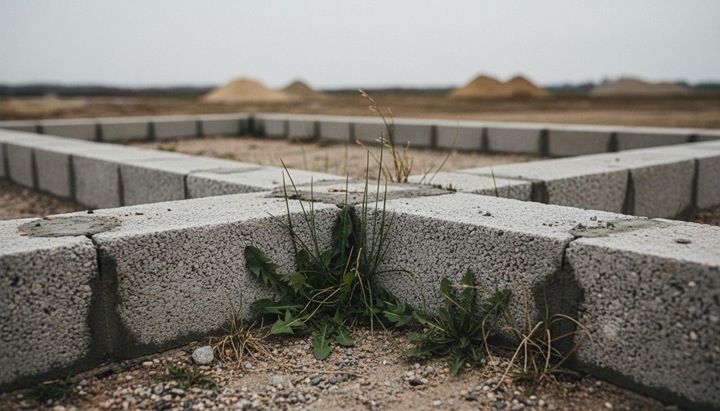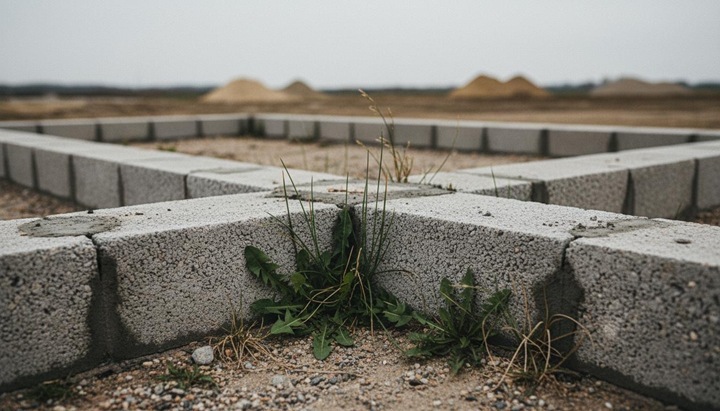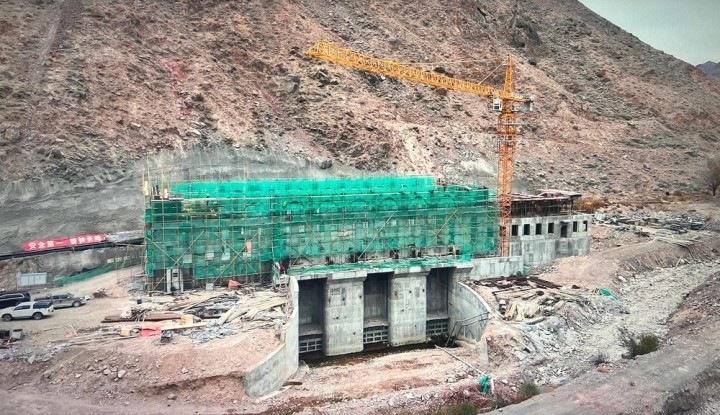Life in exchange for kilowatts: Rogun Dam and resettlement from the flood zone
The international coalition Rogun Alert published today an analysis of plans to relocate people from the flood zone of the Rogun Dam in Tajikistan, calling them “deeply erroneous” and creating risks for tens of thousands of people. The report published by the coalition indicates that the chosen option, the Dam project with the world’s highest dam, will lead to one of the largest forced relocations in the history of modern hydropower, while the interests of the resettled people are not properly taken into account.

The Rogun Dam construction project with the highest dam in the world provides for the relocation of up to 60,000 people from the flood zone – this is one of the most ambitious programs in modern hydropower. “Instead of reducing the number of resettled locals to a minimum, the project developers seem to have chosen a strategy to increase their number to the maximum, choosing the option with the largest reservoir for the sake of future electricity exports,” said Alexander Kolotov, director of the Rivers Without Borders Public Foundation from Kazakhstan. “Alternative projects with a lower dam height, which would have saved accommodation for more than 32,000 people, were rejected without convincing justification.”
The statistical data provided in the resettlement plans are called unreliable, outdated and incomplete by the authors of the report. Data on the size of the local population are inaccurate, there is no gender separation and information about the needs of migrant workers. The plans also take into account only those who are deprived of housing, without offering specific measures of assistance to those who have lost their land, but remain living at the Rogun reservoir.
Resettlement sites are of serious concern due to the lack of water, arable land and pastures. The infrastructure in new territories is often not ready for the arrival of people, which leads to a sharp deterioration in their standard of living. As a result, the share of households engaged in irrigated agriculture has decreased from 44% to 6%, forcing people to seek earnings in labor migration.
The methodology for calculating compensation has also been criticized. The current compensation, according to surveys, is not enough even for the purchase or construction of new housing for all evicted from the flood zone. “The funds currently being issued for resettlement are even less than the compensations that were paid before 2016 to the first migrants from the Rogun Dam flood zone,” said Manana Kochladze, a representative of the non–governmental organization CEE Bankwatch. “This approach inevitably forces new immigrants to build houses with their own hands and get into debt in order to buy high–quality building materials.”
The budget of the forced resettlement program also raises questions from experts. They found that various project documents provide estimates for resettlement, varying by tens of millions – from 287 to 380 million US dollars, without clear explanations of specific costs, while the livelihood restoration plan does not have its own budget and depends on external programs, which casts doubt on the stability and transparency of its financing.
The timing of the resettlement program is also called unrealistic. In general, the Rogun Dam project has completed the resettlement of less than 8000 people from the flood zone in seven years since 2018, and over the next seven years (until 2032) it aims to resettle from 40 thousand to 52 thousand people. This is a completely unrealistic and dangerous plan, experts point out.
“Such a rush creates risks for the quality of site preparation and the provision of sufficient support to displaced persons,” says Tala Batangan, Asian coordinator of the Coalition for People’s Rights in Development Projects. “In addition, the strict state suppression of any dissent and the lack of a viable plan for consultations with the local population makes it almost impossible for those affected by the project to declare their claims and protect their vital interests.”
The authors of the report conclude that the current resettlement plans from the flood zone and the entire Rogun Dam project require radical processing. It is the responsibility of international development banks to ensure that their financing of the Rogun Dam project contributes to inclusive sustainable development, and does not create additional risks for the communities affected by the project. Without this, the construction of a giant hydroelectric power station will cause significant harm to tens of thousands of people, violating both international norms and Tajik legislation.
Original (in Russian): Жизнь в обмен на киловатты: Рогунская ГЭС и переселение из зоны затопления


